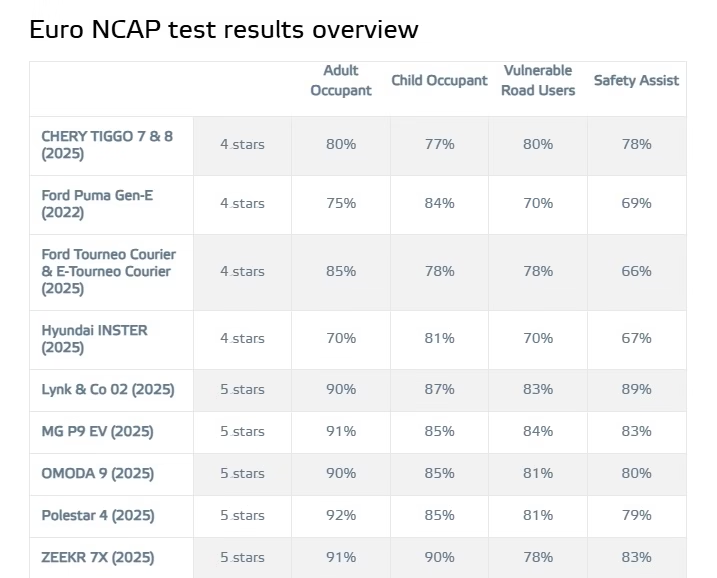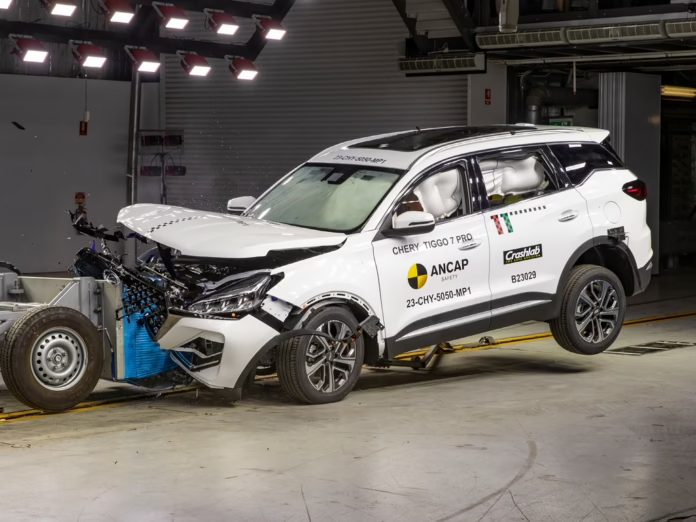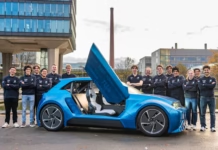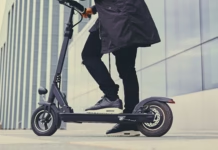Euro NCAP’s Vital Role in Enhancing Vehicle Safety
Since 1997, Euro NCAP (European New Car Assessment Programme) has been instrumental in improving vehicle safety across Europe. By conducting rigorous, independent crash tests, Euro NCAP provides consumers with trustworthy ratings that help them choose safer cars. Over the years, testing protocols have evolved to become more thorough and challenging, reflecting advances in automotive technology and growing safety expectations. In 2025, with more models than ever being tested, Euro NCAP continues to push manufacturers to raise safety standards for the benefit of all road users.
The Growing Importance of Safety in the Era of Electric Vehicles
The automotive industry is undergoing a significant transformation driven by the rise of electric vehicles (EVs) and stricter safety regulations. EVs bring new challenges to safety testing, including battery protection and electronic driver assistance systems. As the market expands, consumers demand vehicles that not only reduce emissions but also deliver top-tier safety. Euro NCAP’s latest results highlight how well some EVs and SUVs meet these expectations, while also revealing areas where improvements are still needed.
Safety Concerns in CHERY’s TIGGO 7 and TIGGO 8 Models
Among the models tested, the CHERY TIGGO 7 and TIGGO 8 SUVs showed critical safety flaws. Both models suffered from curtain airbags that failed to deploy correctly during side-impact tests, compromising head protection for rear-seat child occupants. Despite CHERY’s attempts to fix the issue, the airbags continued to malfunction, resulting in a downgrade from a five-star to a four-star rating. This case underscores the need for reliable airbag systems and rigorous quality control in vehicle safety components.
Hyundai INSTER’s Door Latch Issue in Side-Impact Tests
Hyundai’s INSTER, a compact and affordable electric vehicle, also faced safety challenges. Euro NCAP found that during side-impact testing, the driver’s door became unlatched, which could potentially open during a collision and endanger occupants. Although the INSTER earned a solid four-star rating, this flaw highlights the importance of structural integrity and occupant containment, especially in the growing electric vehicle segment.
Ford Tourneo Courier’s Safety Improvements Boost Rating
The Ford Tourneo Courier, a family-oriented multi-purpose vehicle, was retested after initial concerns about rear passenger head protection. Previously rated three stars due to poor performance in a full-width rigid barrier test, Ford enhanced the rear restraint system. These upgrades improved occupant safety and resulted in a higher four-star rating. This example demonstrates how manufacturers can respond to safety feedback and make meaningful improvements.
Five Models Achieve Five-Star Ratings with Strong Safety Performance
Despite some setbacks, five new vehicles earned the prestigious five-star Euro NCAP rating in 2025. These include the Polestar 4 electric coupe-SUV, Lynk & Co 02 crossover, OMODA 9 mid-range SUV, ZEEKR 7X small SUV, and MG P9 EV electric pick-up truck. The Polestar 4 led in adult occupant protection with a 92% score, while Lynk & Co 02 excelled in accident avoidance technology, scoring 89% for its advanced driver assistance systems. These results highlight how innovation and safety can go hand in hand.
Conclusion: The Ongoing Commitment to Safer Cars
Euro NCAP’s 2025 test results reveal the ongoing challenges automakers face in achieving top safety ratings amid a rapidly changing industry. The shift toward electric vehicles and post-pandemic economic pressures add complexity to this task. However, the pursuit of five-star safety remains critical. Safer vehicles protect occupants, reduce risks for other road users, and ease the burden on emergency services. Independent testing by Euro NCAP continues to be essential in maintaining high safety standards and helping consumers make informed decisions for safer roads across Europe.








